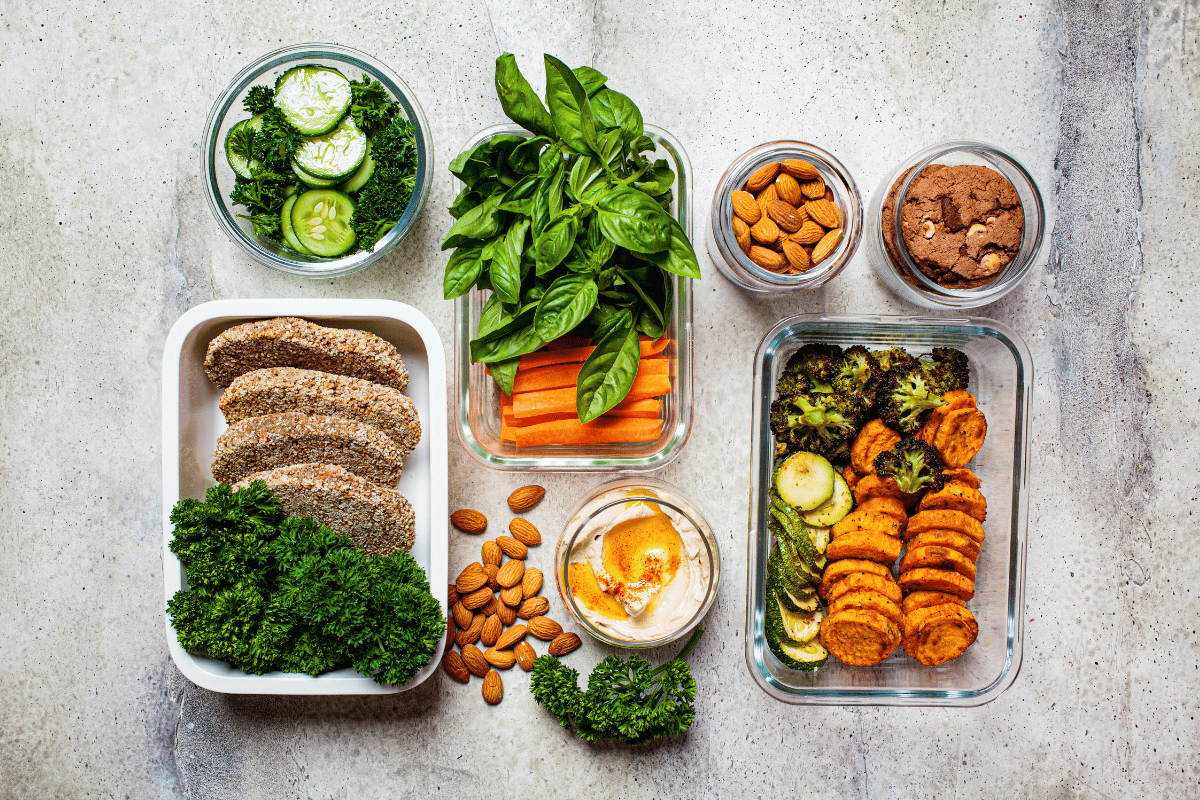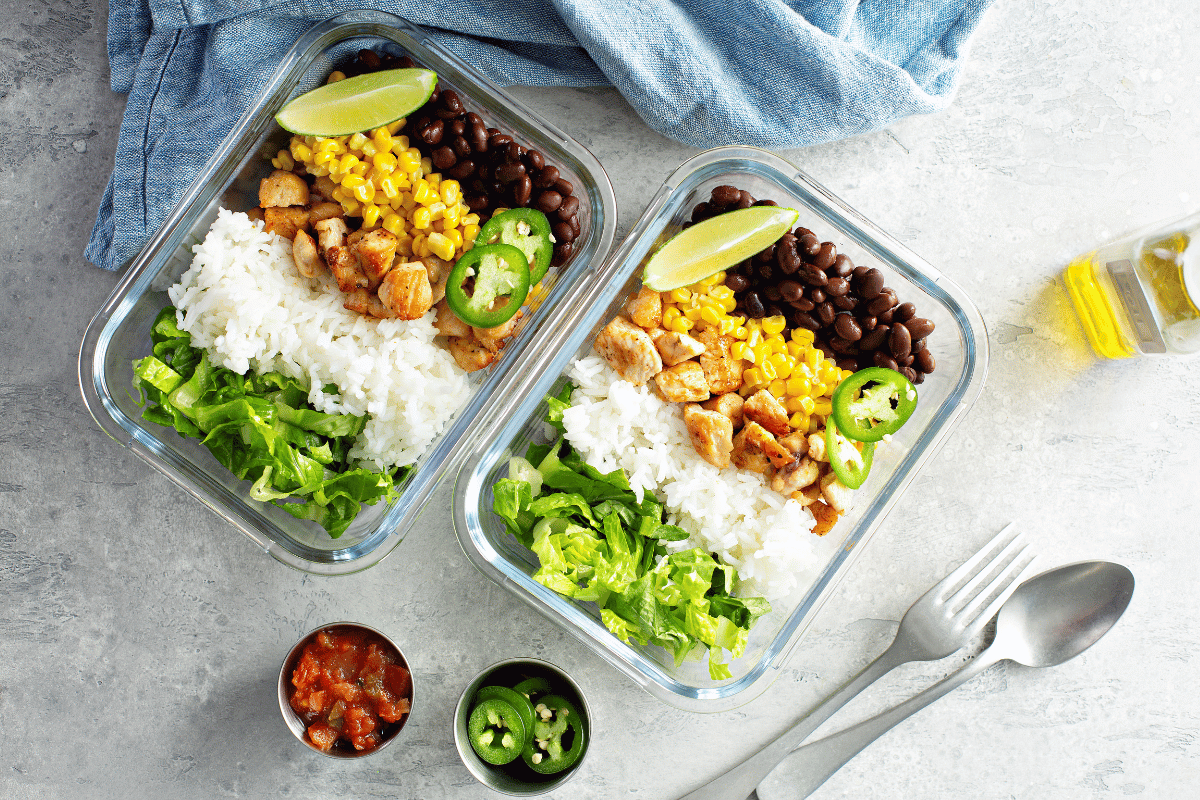Embarking on a weight loss journey often begins with understanding one fundamental concept: calories. The 2024 Weight Loss Challenge is designed to guide you through this journey, emphasizing the crucial role of calories for weight loss over a 30-day period.
Calories are the energy units in food that fuel our bodies. However, managing these calories is key to effective weight loss. As renowned dietitian Dr. Lisa Young explains, “Weight loss is essentially about creating a balance where you consume fewer calories than you burn.” This challenge focuses on teaching you how to manage your caloric intake in a way that aligns with your weight loss goals.
This 30-day challenge is not just a diet plan; it’s a comprehensive approach to understanding and managing your caloric intake. Each week, you’ll learn different aspects of caloric control, from calculating your daily needs to creating meal plans that support a healthy weight loss. The goal is to equip you with the knowledge and tools to make informed decisions about your diet, leading to sustainable weight management.
In this challenge, you’ll track your caloric intake, learn to balance nutrition within your caloric limits, and understand how to adjust your diet to overcome plateaus. By the end of the 30 days, you’ll have a deeper understanding of how calories for weight loss work and how to apply this knowledge for long-term success.

Understanding Calories: The Basics
To effectively manage weight loss, it’s essential to understand what calories are and how they play a pivotal role in your weight management journey. This section delves into the basics of calories, providing a foundation for the 2024 Weight Loss Challenge.
What are Calories and How Do They Impact Weight?
Calories are units of energy that our bodies use to function. Every activity, from breathing to jogging, requires calories. The food and drinks we consume provide these calories. Dr. Sarah Johnson, a leading expert in metabolic health, states, “Calories are not just numbers; they’re a measure of the energy your body needs and uses.”
The impact of calories on weight is straightforward: if you consume more calories than your body uses, you gain weight. Conversely, if you consume fewer calories than you use, you lose weight. This principle is the crux of calorie management for weight loss.
The Science of Calories In vs. Calories Out
The concept of ‘calories in vs. calories out’ is often cited in weight loss discussions. It refers to the balance between the calories you consume through food and drinks (calories in) and the calories your body uses for daily functions and physical activities (calories out).
Creating a caloric deficit, where you consume fewer calories than your body uses, leads to weight loss. This can be achieved by either reducing caloric intake, increasing physical activity, or a combination of both. “Understanding and managing this caloric balance is key to effective weight loss,” advises Dr. Johnson.

Setting Your Caloric Goals
In your weight loss journey, setting the right caloric goals is a crucial step. This section will guide you through calculating your daily calorie needs specifically tailored for weight loss, considering your unique goals and lifestyle.
How to Calculate Your Daily Caloric Needs for Weight Loss
Calculating your daily caloric needs involves considering several factors, including your age, gender, weight, height, and level of physical activity. Renowned nutritionist Dr. Kevin Hall explains, “To lose weight, you need to consume fewer calories than your body expends. This requires understanding your basal metabolic rate (BMR) and adding your level of physical activity.”
There are several online calculators and formulas like the Mifflin-St Jeor Equation that can help you estimate your daily calorie needs. However, these should be seen as starting points. Dr. Hall suggests, “Monitor your progress and adjust your calorie intake as needed, as these calculations are estimates and individual metabolism can vary.”
Adjusting Caloric Intake Based on Individual Goals and Lifestyle
After determining your daily caloric needs, the next step is to create a caloric deficit. A deficit of 500 to 1000 calories per day is often recommended for safe and sustainable weight loss, translating to about 1 to 2 pounds of weight loss per week.
However, it’s important to tailor this to your individual needs. If you lead a highly active lifestyle or have specific health considerations, your calorie intake will need to be adjusted accordingly. Dr. Hall advises, “Listen to your body. Ensure that your caloric intake supports your overall health and energy needs.”
Week 1: Establishing a Caloric Deficit
The first week of the 2024 Weight Loss Challenge is pivotal, focusing on creating a foundational understanding of calories for weight loss. Establishing a caloric deficit is a key step in this journey.
Daily Meal Plans and Calorie Counts for the First Week
Creating a daily meal plan with calculated calorie counts is essential for a successful start. Here’s a breakdown:
- Breakfast: Aim for around 300-350 calories. Options include oatmeal with fruit, a vegetable omelette, or a smoothie with greens and protein powder.
- Lunch: Target 400-450 calories. Consider a salad with lean protein (chicken or tofu), a whole-grain sandwich with vegetables and turkey, or a hearty vegetable soup.
- Dinner: Keep it at about 500-550 calories. Options are grilled fish with steamed vegetables, a stir-fry with lean meat and low-carb vegetables, or a bean chili.
Snacks should be around 150-200 calories each, focusing on nutrient-dense foods like nuts, yogurt, or fruit.
Tips for Managing Hunger and Nutrition
Managing hunger while maintaining a caloric deficit is crucial. Nutritionist Dr. Emily White suggests, “Incorporate fiber and protein in your meals as they help keep you fuller for longer.” Drinking plenty of water and eating slowly can also help in managing hunger.
Here are some additional tips:
- Frequent Small Meals: Instead of three large meals, consider eating smaller, more frequent meals to help control hunger.
- Healthy Snacks: Keep healthy snacks on hand to prevent overeating during meal times.
- Mindful Eating: Pay attention to your hunger cues and eat only when you’re truly hungry.
This first week is about setting the tone for your weight loss challenge, focusing on understanding and managing calories for weight loss effectively.
Week 2: Balancing Nutrition Within Caloric Limits
The second week of the 2024 Weight Loss Challenge is about finding a balance. While maintaining a focus on calories for weight loss, it’s essential to ensure that your diet remains nutritionally rich and diverse.
Incorporating a Balanced Diet within a Caloric Deficit
Balancing a diet within a caloric deficit involves more than just cutting calories; it’s about making each calorie count. Nutritionist Dr. Lisa Young highlights, “Choosing nutrient-dense foods within your calorie limit is crucial. It ensures you get the vitamins, minerals, and other nutrients your body needs while losing weight.”
Key strategies include:
- Whole Foods: Prioritize whole, unprocessed foods like fruits, vegetables, lean proteins, and whole grains.
- Smart Swaps: Replace high-calorie ingredients with lower-calorie alternatives, like using Greek yogurt instead of sour cream.
- Portion Control: Be mindful of portion sizes to avoid overeating, even when consuming healthy foods.
Recipes and Meal Ideas for the Second Week
Here’s a guide to help you plan your meals:
- Breakfast: Try a spinach and mushroom omelette with a slice of whole-grain toast, aiming for about 300-350 calories.
- Lunch: A mixed bean salad with a variety of colorful vegetables, dressed with olive oil and lemon juice, can be both satisfying and around 400-450 calories.
- Dinner: Grilled salmon with a side of quinoa and steamed broccoli, a nutrient-packed meal within 500-550 calories.
Snacks could include a small handful of nuts, a piece of fruit, or carrot sticks with hummus, each around 150-200 calories.

Week 3: Overcoming Plateaus
In week three of the 2024 Weight Loss Challenge, it’s common to encounter a plateau. This phase is crucial for learning how to adjust your approach to continue making progress towards your calories for weight loss goal.
Adjusting Caloric Intake and Exercise to Overcome Weight Loss Plateaus
When weight loss stalls, it might be time to reassess your caloric intake and exercise routine. Nutrition and fitness expert Dr. Alex Parker advises, “Small tweaks can reignite weight loss. Consider reducing your calorie intake slightly or increasing the intensity or duration of your workouts.”
Here are some strategies:
- Recalculate Your Caloric Needs: As you lose weight, your caloric needs may decrease. Use a calorie calculator to reassess your needs based on your current weight.
- Increase Exercise Intensity: Incorporating high-intensity interval training (HIIT) can boost your metabolism and break through a plateau.
- Change Your Exercise Routine: Sometimes, simply changing your workout routine can jumpstart progress. Try different types of exercise to challenge your body in new ways.
Strategies for Staying Motivated
Staying motivated during a plateau is challenging but crucial. Here are some tips to keep you on track:
- Set Small, Achievable Goals: Instead of focusing only on the scale, set goals related to behavior, like sticking to your calorie limit or exercising a certain number of times per week.
- Celebrate Non-Scale Victories: Maybe your clothes fit better, or you have more energy. These victories are just as important as the number on the scale.
- Seek Support: Connect with others who are also on a weight loss journey. Support groups can provide encouragement and advice.
Remember, plateaus are a normal part of any weight loss journey. They’re an opportunity to learn more about your body and what it needs to continue losing weight.
Week 4: Preparing for Long-Term Success
The final week of the 2024 Weight Loss Challenge is about preparing for the future. It’s crucial to establish sustainable strategies for calorie management to maintain the weight loss you’ve achieved and to transition smoothly into a long-term, healthy lifestyle.
Sustainable Calorie Management Strategies Post-Challenge
Sustainable calorie management is key to maintaining weight loss. It involves understanding your body’s needs and developing a balanced approach to eating. Dietitian Sarah Johnson advises, “Long-term success comes from creating a realistic and flexible approach to eating, not from strict dieting.”
Key strategies include:
- Understanding Maintenance Calories: Learn how many calories for weight loss maintenance your body needs. This number will be higher than what you needed for weight loss but still requires mindfulness to avoid weight gain.
- Mindful Eating: Continue to practice mindful eating. Listen to your body’s hunger cues and eat in response to physical, not emotional, hunger.
- Balanced Diet: Keep focusing on a balanced diet rich in whole foods, and limit processed foods and added sugars.
Transitioning from Weight Loss to Weight Maintenance
Transitioning to weight maintenance involves gradually increasing your calorie intake while monitoring your weight. It’s about finding a balance where you can enjoy a wider variety of foods without gaining weight.
- Gradual Increase in Calories: Slowly increase your caloric intake, monitoring how your body responds. A weekly increase of about 100-200 calories can be a safe starting point.
- Regular Physical Activity: Maintain a regular exercise routine. Not only does it help in managing weight, but it also has numerous other health benefits.
- Continuous Learning: Stay informed about nutrition and health. Keeping up-to-date with the latest research can provide you with new ideas and motivation.
Remember, the end of the 30-day challenge is just the beginning of a lifelong journey towards health and well-being. The habits and knowledge you’ve gained over the past month are tools that will help you maintain your weight loss long-term.
Calorie Counting for Weight Loss: Your Questions Answered
As you embark on your weight loss journey, questions about calorie counting are inevitable. This FAQ section aims to provide clear and concise answers to some of the most common queries.
1. How Do I Accurately Count Calories for Weight Loss?
Answer: Accurate calorie counting involves several key steps:
- Use Reliable Tools: Utilize a calorie tracking app or a food diary. Digital tools often have extensive databases of foods and their caloric values.
- Measure Portions: Use kitchen scales, measuring cups, and spoons to ensure portion sizes are accurate.
- Read Labels: Check nutritional labels on packaged foods for calorie information.
2. Can I Lose Weight Without Strict Calorie Counting?
Answer: Yes, weight loss can be achieved without meticulous calorie counting by adopting a mindful eating approach. Focus on whole, nutrient-dense foods, pay attention to hunger cues, and practice portion control.
3. How Many Calories Should I Eat to Lose Weight Safely?
Answer: Safe calorie intake varies by individual, but generally, a deficit of 500 to 1,000 calories per day can lead to safe weight loss of 1 to 2 pounds per week. It’s recommended to consult with a healthcare provider or a dietitian to determine the right calorie target for you.
4. What If I Hit a Weight Loss Plateau While Calorie Counting?
Answer: Plateaus are common. If you hit one, reassess your caloric intake and exercise routine. Sometimes, slightly reducing your calorie intake or increasing physical activity can help. Ensure you’re still eating enough to support your body’s needs.
5. How Can I Maintain My Weight Loss After the 30-Day Challenge?
Answer: To maintain weight loss, continue the healthy eating habits you’ve developed. Stay mindful of portion sizes and try to keep a balance of nutrients in your diet. Regular physical activity is also crucial for maintaining weight loss.
Related Posts :
- En Shark Tank Acv Keto Gummies The Secret To Star Size Slimdowns Akck
- En Lets Go Keto Gummies Review Dive Into The World Of Delectable Weight Loss Support Qfdm
- En Jia Ling Weight Loss Ourney How She Lost Qouu
- En Shark Tanks Sensational Success How Simpli Acv Keto Gummies Are Revolutionizing Weight Loss Fu5c
- En Does Acv Gummies Help With Weight Loss 80hi